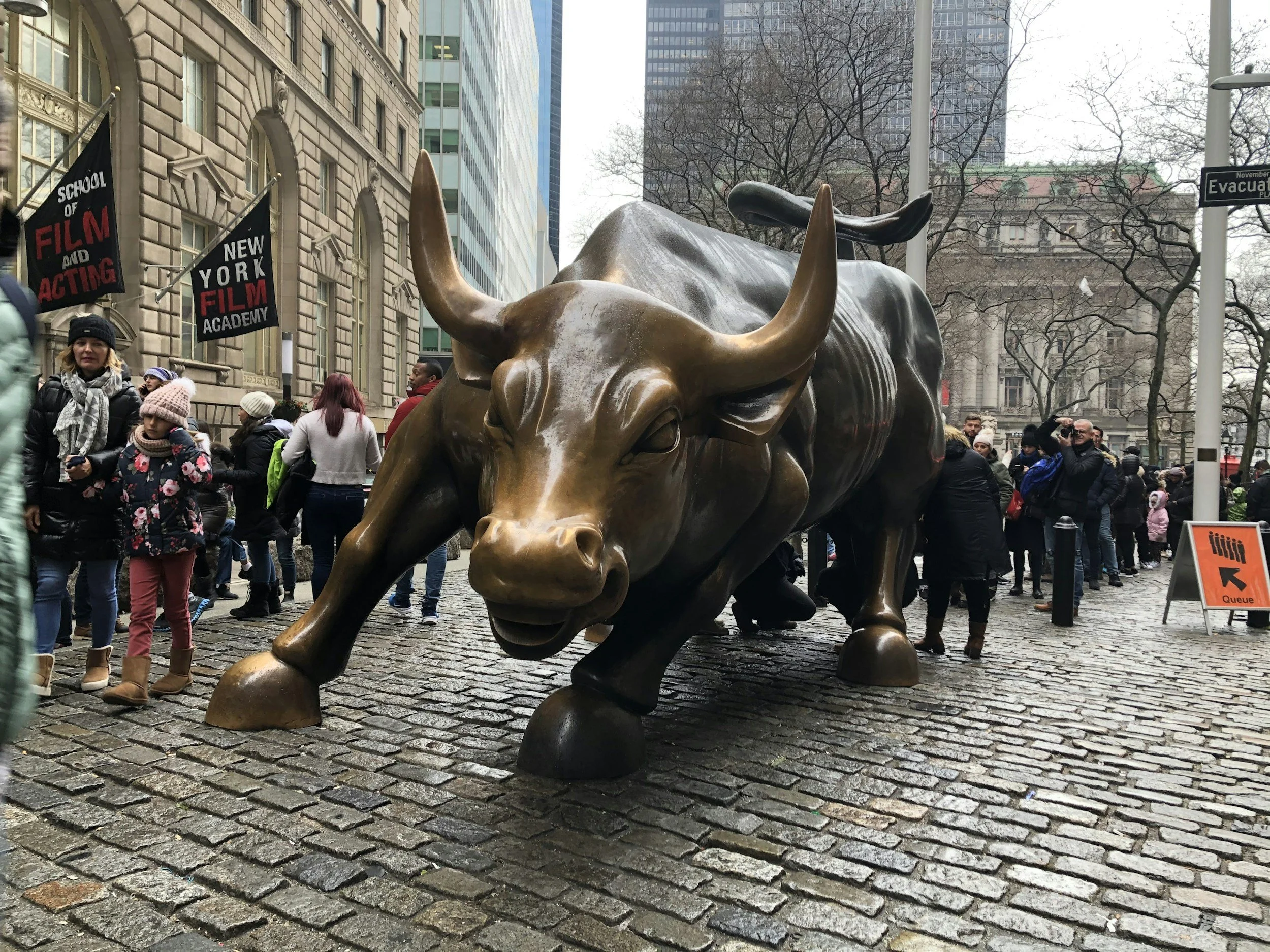Exploring the Role of Primaries as the Engine Room of Private Equity
Defining Primary Private Equity
Primary private equity is the part people don’t talk about much, but it’s the backbone of most institutional portfolios. Supporting GPs with the first raise of a new fund. In practice, a primary portfolio consists of 20–30 fund investments, with 10–40 companies per fund, broadly diversified across stages, sectors, and regions. For a sophisticated institutional investor, primary PE typically sits at 10–20% of the overall portfolio. It’s a mature industry now — about 50 years old — and it has stratified to meet different investor needs: VC, growth equity, LBOs; U.S., Europe, Asia; companies at different stages of the lifecycle or with different enterprise values.
The Evolution of Fund Structures
The structure used to be simple: a closed-end fund with a 10-year term. That model isn’t dead, but it’s been challenged. Different types of investors have accessed the market, and with them has come more flexibility around fund structures: permanent capital vehicles or partial liquidity vehicles. The traditional 10-year model has had to evolve to accommodate these new investors.
Performance, Returns, and Manager Dispersion
Performance is the other anchor point. Over the past five years, the asset class has done quite well. Global PE primary investments have generated returns of around 15–25% compounding annually. VC sits toward the upper end of that range; LBOs dominate the middle. An outcome of 15% or greater is a rather compelling investment strategy by most standards. The catch is dispersion: there’s a fairly large spread between the best managers and the median. If an institution can consistently access great performers, their experience could be much greater than 15–25%.
Navigating Market Volatility: A Long-Term View
The last couple of years have introduced a tension. Recent investment volatility and uncertainty pushed investors to put increased value on cash, shorter-duration investments, and liquidity, which isn’t primary investing. But for those with an appetite for longer duration PE, now looks like the time to upgrade the portfolio. There’s a supply–demand imbalance that lets institutions access opportunities that may have been unavailable before. Private markets lag public markets; valuations in existing PE portfolios have been marked down systematically as public comparables reset (2022 and 2023 were volatile for the S&P). If economic headwinds continue, there’s likely to be some consolidation and a flight to quality — investors moving back to their core. The longer the horizon, the less the perspective changes. Primaries are a long-term asset class. If you get policies right at the start and accept that market cycles occur, you don’t deviate much from the original plan.
The Case for Primary Investments Today
That sets up the case for primaries today. Primary PE lets investors allocate in a very systematic way, in line with policies that tend to be long-term in nature. The asset class has historically outperformed public market comparables by 500 to 1000 basis points, and there’s a reasonable case that this continues in the next three years and beyond. Given the volatility, the allocations made now could turn out to be very good-performing investments. Not because timing is perfect, but because the programmatic, diversified approach absorbs the cycle.
From Mandate to Close: The Fundraising Process
How it actually works day-to-day is less glamorous and more operational. Prepare marketing materials. Find investors. Run due diligence. Track commitments. In a full mandate, the adviser develops strategy and messaging; prepares and refines marketing documentation (pitch books, PPMs); advises on fund structuring and terms; coordinates due diligence. Engagement ideally starts before the mandate: pre-mandate analysis of strategy, track record, team, and market positioning. Once mandated, the team builds a detailed marketing plan, identifies and approaches suitable investors globally, manages outreach and diligence, responds to investor queries, arranges meetings, and guides GPs through negotiations on fees, governance, and terms. The end goal is straightforward: secure commitments and bring the fund to a close, often under tight timelines. Ticket sizes and mandates vary — raising funds in the range of $300 million to $5 billion is not unusual.
The Integrated Toolkit: Primaries, Secondaries, and GP Advisory
One more nuance: primaries don’t exist in a vacuum anymore. Primaries and secondaries are increasingly integrated. In practice, that means firms’ expertise isn’t limited to raising new funds; they also advise on secondary solutions (LP portfolio sales, GP-led continuation funds) and GP capital advisory (raising capital for the manager, not the fund — e.g., a GP selling a minority stake). The integration matters because it enables creative fixes mid-process. If, during a raise, existing LPs need liquidity, a secondary can run alongside the primary. If a GP wants more time with certain assets, a continuation fund can slot in. It’s all one toolkit aimed at distribution, liquidity, and alignment.
Conclusion
Primaries are long-only, long-duration, diversified exposure to private markets. The returns can be 15–25% compounding, with wide dispersion. Structures are evolving beyond the 10-year fund to match different investors. And despite short-term noise, a systematic primary program — done well — is still the quiet workhorse in an institutional portfolio.
Cambridge Associates (2023) Endowments Quarterly 4Q2022: A Look at Asset Allocation and Total Returns for US Endowments and Foundations. Cambridge Associates. Available at: https://publishedresearch.cambridgeassociates.com/wp-content/uploads/2023/03/2023-03-Endowments-Quarterly-4Q2022.pdf
Commonfund (2014) Private Equity: Perception and Reality. Commonfund, 12 April. Available at: https://www.commonfund.org/cf-private-equity/private-equity-perception-and-reality
Financier Worldwide (2025) Private equity’s new liquidity playbook: creativity now rivals capital. Financier Worldwide Magazine, Special Report on Private Equity, December. Available at: https://www.financierworldwide.com/private-equitys-new-liquidity-playbook-creativity-now-rivals-capital
Molnar, A., Mansi, R. and Cringean, J. (2024) The intersection of private credit and fund finance. In: Global Legal Insights – Private Credit & Fund Finance 2024. Available at: https://www.globallegalinsights.com/practice-areas/private-credit-laws-and-regulations/the-intersection-of-private-credit-and-fund-finance/
Sankey, P., Fuentes Perez, E. and Appleton, J. (2024) Allocating to private assets: an essential guide. Schroders White Paper, 28 November. Available at: https://www.firstlinks.com.au/allocating-to-private-assets-an-essential-guide
Talmor, E. (2019) The private equity challenge to corporate finance. London Business School – Think, 18 January. Available at: https://www.london.edu/think/the-private-equity-challenge-to-corporate-finance
Voss, S. (2024) Accessing private markets through primary fund investing: The path to capital appreciation and IRR.HarbourVest Insights, 25 June. Available at: https://www.harbourvest.com/insights-news/insights/private-markets-primary-investing-path-to-capital-appreciation-and-irr/
Wilson, R. (2025) Unlocking Retirement Wealth with Private Equity in 401(k)s. Platinum Ridge Management Blog, 27 August. Available at: https://platinumridgemanagement.com/unlocking-retirement-wealth-with-private-equity-in-401ks/


